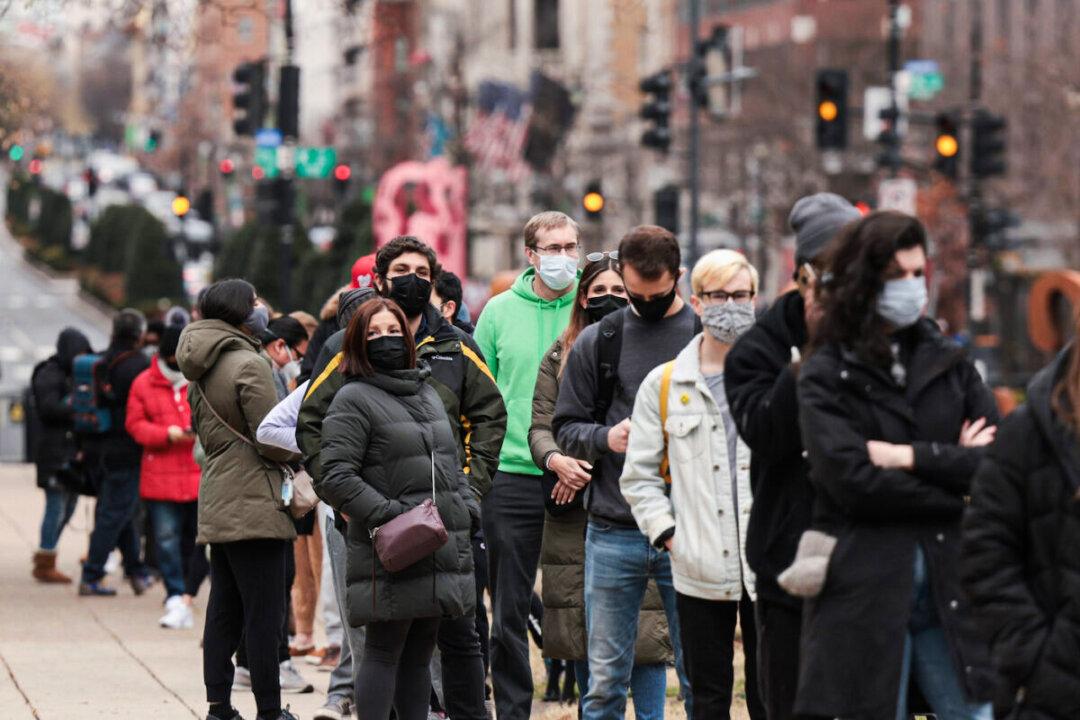The Centers for Disease Control and Prevention (CDC) updated its guidelines for COVID-19 isolation on Jan. 4 to include a section on rapid antigen tests, in which it provides guidance for cases where people wanted to take a test.
The updated CDC guidance doesn’t state that isolated people have to test negative before emerging from isolation, but states that if people want to take a test, “the best approach is to use an antigen test towards the end of the 5-day isolation period.”




